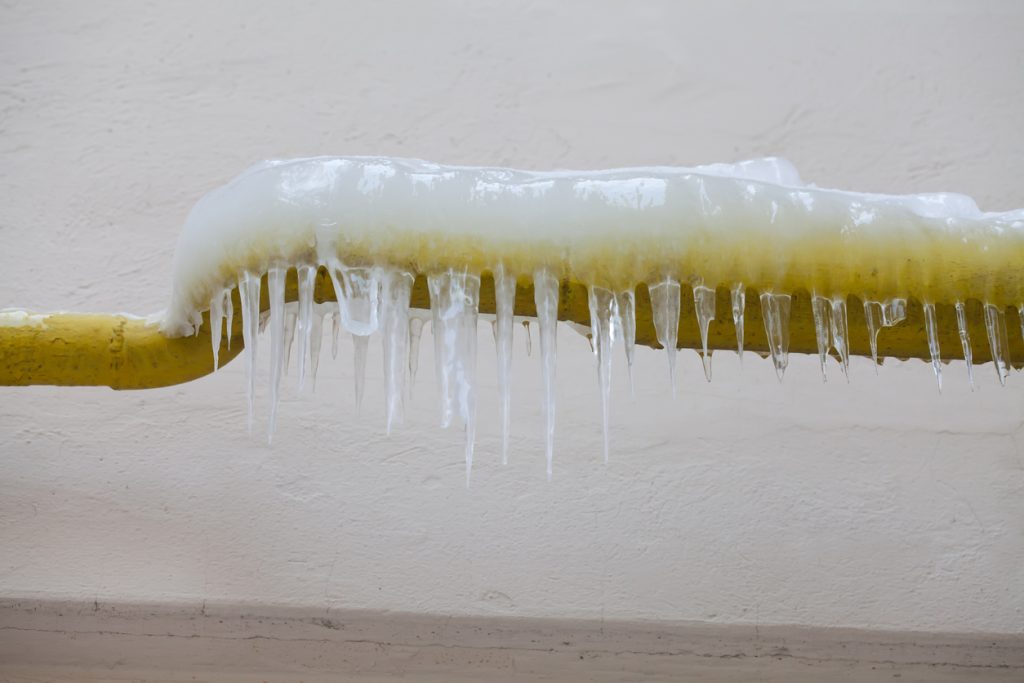This article which follows involving Preventing and dealing with frozen pipes is seriously interesting. Check it out yourself and decide what you think of it.

Winter can ruin your plumbing, specifically by freezing pipes. Below's how to avoid it from happening and what to do if it does.
Introduction
As temperatures decrease, the danger of icy pipes increases, possibly resulting in pricey repairs and water damages. Understanding how to prevent icy pipelines is vital for property owners in cold environments.
Comprehending Icy Pipelines
What causes pipelines to ice up?
Pipelines ice up when revealed to temperature levels below 32 ° F (0 ° C) for prolonged durations. As water inside the pipes freezes, it expands, taxing the pipe walls and potentially triggering them to burst.
Threats and damages
Icy pipes can cause water system disruptions, home damages, and pricey repairs. Burst pipes can flooding homes and trigger substantial structural damage.
Indicators of Frozen Pipes
Determining frozen pipelines early can avoid them from bursting.
Just how to identify icy pipes
Try to find lowered water flow from faucets, uncommon smells or noises from pipes, and noticeable frost on subjected pipelines.
Avoidance Tips
Insulating vulnerable pipes
Wrap pipelines in insulation sleeves or use heat tape to safeguard them from freezing temperatures. Focus on pipes in unheated or exterior areas of the home.
Heating methods
Keep interior spaces appropriately warmed, specifically locations with plumbing. Open cabinet doors to permit warm air to flow around pipes under sinks.
Protecting Outside Plumbing
Garden tubes and outside faucets
Disconnect and drain pipes yard pipes prior to winter. Set up frost-proof faucets or cover outdoor faucets with shielded caps.
What to Do If Your Pipelines Freeze
Immediate activities to take
If you presume icy pipelines, maintain faucets open to ease pressure as the ice thaws. Make use of a hairdryer or towels soaked in hot water to thaw pipelines gradually.
Long-Term Solutions
Structural adjustments
Think about rerouting pipelines away from exterior wall surfaces or unheated locations. Add extra insulation to attic rooms, cellars, and crawl spaces.
Upgrading insulation
Purchase high-quality insulation for pipelines, attics, and wall surfaces. Correct insulation helps maintain regular temperature levels and decreases the risk of icy pipelines.
Conclusion
Stopping frozen pipes requires aggressive actions and fast actions. By recognizing the causes, indications, and preventive measures, property owners can shield their plumbing during winter.
5 Ways to Prevent Frozen Pipes
Drain Outdoor Faucets and Disconnect Hoses
First, close the shut-off valve that controls the flow of water in the pipe to your outdoor faucet. Then, head outside to disconnect and drain your hose and open the outdoor faucet to allow the water to completely drain out of the line. Turn off the faucet when done. Finally, head back to the shut-off valve and drain the remaining water inside the pipe into a bucket or container. Additionally, if you have a home irrigation system, you should consider hiring an expert to clear the system of water each year.
Insulate Pipes
One of the best and most cost-effective methods for preventing frozen water pipes is to wrap your pipes with insulation. This is especially important for areas in your home that aren’t exposed to heat, such as an attic. We suggest using foam sleeves, which can typically be found at your local hardware store.
Keep Heat Running at 65
Your pipes are located inside your walls, and the temperature there is much colder than the rest of the house. To prevent your pipes from freezing, The Insurance Information Institute suggests that you keep your home heated to at least 65 degrees, even when traveling. You may want to invest in smart devices that can keep an eye on the temperature in your home while you’re away.
Leave Water Dripping
Moving water — even a small trickle — can prevent ice from forming inside your pipes. When freezing temps are imminent, start a drip of water from all faucets that serve exposed pipes. Leaving a few faucets running will also help relieve pressure inside the pipes and help prevent a rupture if the water inside freezes.
Open Cupboard Doors
Warm your kitchen and bathroom pipes by opening cupboards and vanities. You should also leave your interior doors ajar to help warm air circulate evenly throughout your home.

We had been shown that report on How To Avoid Freezing Pipes from someone on a different site. Do you know someone else who is excited about the topic? Be sure promote it. Thank you for taking the time to read it.
Recurring Service Plans